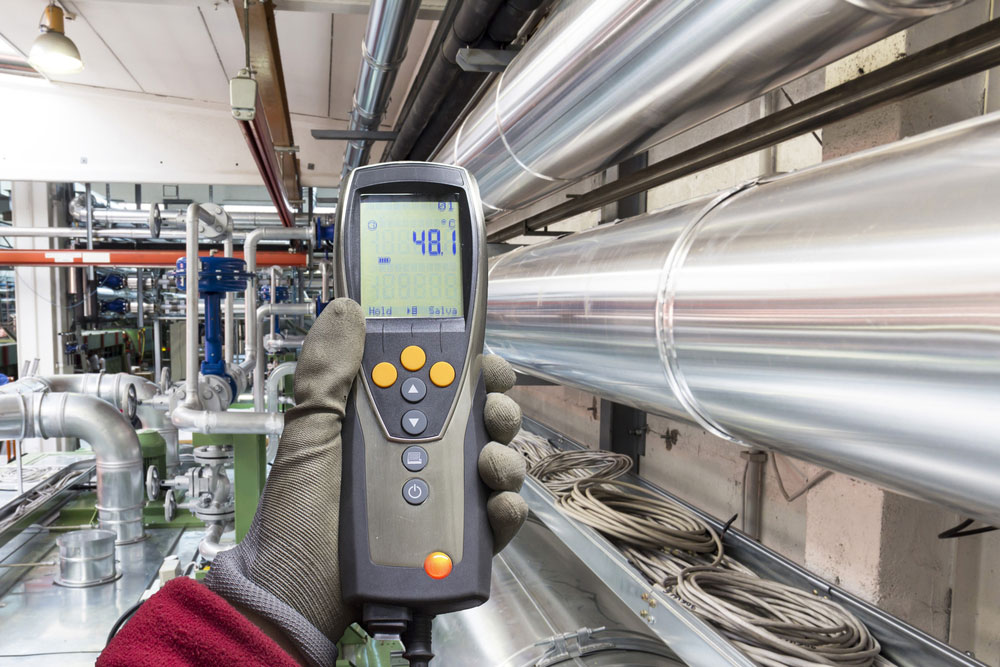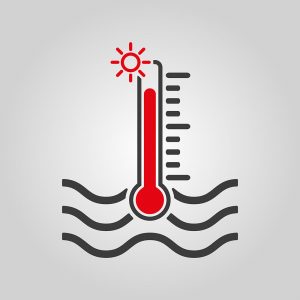
July 9, 2019
Temperature sensors measure an object’s heat or coolness through electrical signals. It’s useful for various companies, especially those that manufacture glass, iron, steel, aluminum, copper, and lead products. This is because, generally, you need to reach a specific temperature for these materials to become malleable or achieve another state.
If you’re looking for the best temperature sensors, here are some factors you should consider:
There are lots of different types of temperature sensors because they are typically designed for a specific function. These variations have their own strengths and weaknesses. You should identify where you’ll need the device and what are the materials that it’ll be interacting with.
These are the types of temperature sensors:
 2. Temperature Range
2. Temperature RangeIf your production involves reaching extreme temperatures, the range of your sensor is of utmost importance. Thermocouples are the only option for operating environments that require over 1000°C. Other industries like medical and automotive manufacturers, as well as those involved in plastic extrusion, can have a narrower range.
Semiconductor-based sensors have the smallest temperature range with -70 to 150°C. NTC Thermistors reach -50 to 250°C while RTDs are in the -200 to 600°C class.
The packaging is also crucial since it depends on the material that you’ll be measuring. If you are monitoring the temperature of hot oil, you can’t use a semiconductor-based sensor. Most low-cost sensors are covered with an epoxy coating while those used for warmer or colder environments can be hermetically sealed in glass.
Aside from facilitating the measurement of various materials, the packaging also protects the gadget against environmental factors such as debris and liquids. For better performance, you can choose sensors that are encased in a stainless steel housing.
These devices are susceptible to changes in accuracy due, in part, to their age, materials, construction, and packaging. NTC Thermistors change for 0.02°C per year while full-wire platinum RTDs move to 0.002°C annually. Thermocouples, on the other hand, go through more considerable changes with approximately 1°C each year.
This factor is imperative for industries that need to be operational for several years. You can reduce the severity of the accuracy changes by calibrating your temperature sensor regularly.
The instrument’s precision is another vital factor to consider when choosing a temperature sensor. Potential devices must have a sturdy detection circuit to boost the quality and reliability of the measurement. Accuracy is essential for applications that require precise temperature control.
Lastly, noise immunity is also a factor that influences a temperature sensor’s accuracy. A device’s susceptibility to interference such as electrical noise and lead resistance, which is the byproduct of leads exiting the gadget, can sway your measurements. Thermocouples may not be affected by lead resistance, but they are susceptible to electrical noise, while RTDs are immune to the latter but vulnerable to the former.
It’s vital that you find the right temperature sensor for your business. First, you must identify what type of device you need, whether a thermocouple, RTD, or NTC Thermistor. Next, you ought to check the temperature range and see if the gadget can accommodate extreme heat or coolness, especially for industries where operating environments reach over 1000°C.
Moreover, evaluate the packaging and confirm that it can withstand its interaction with the object or material. Stability, precision, and noise immunity are also critical factors to consider before purchasing one.
In this episode, I sat down with Beejan Giga, Director | Partner and Caleb Emerson, Senior Results Manager at Carpedia International. We discussed the insights behind their recent Industry Today article, “Thinking Three Moves Ahead” and together we explored how manufacturers can plan more strategically, align with their suppliers, and build the operational discipline needed to support intentional, sustainable growth. It was a conversation packed with practical perspectives on navigating a fast-changing industry landscape.